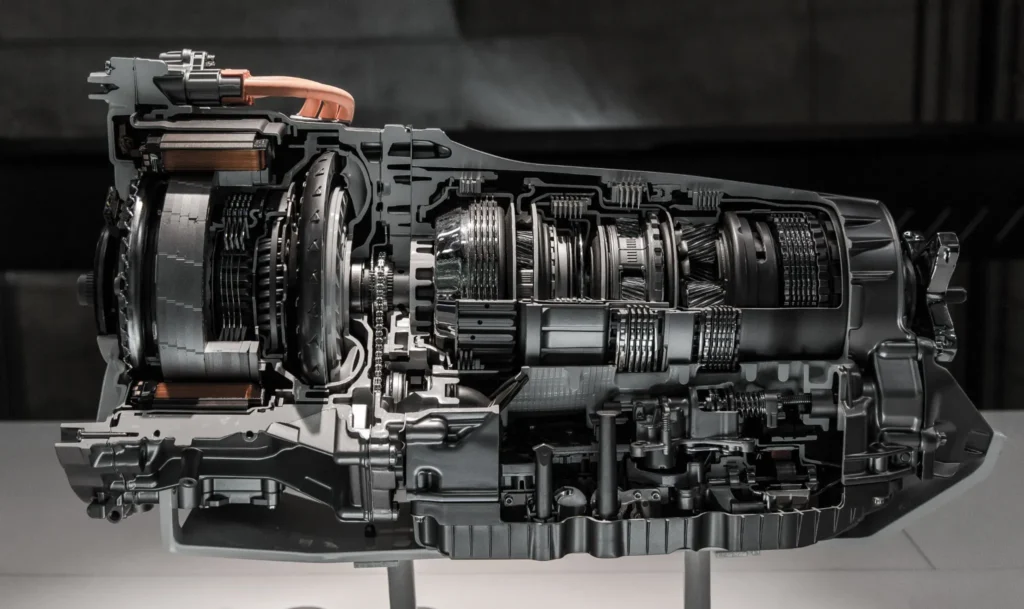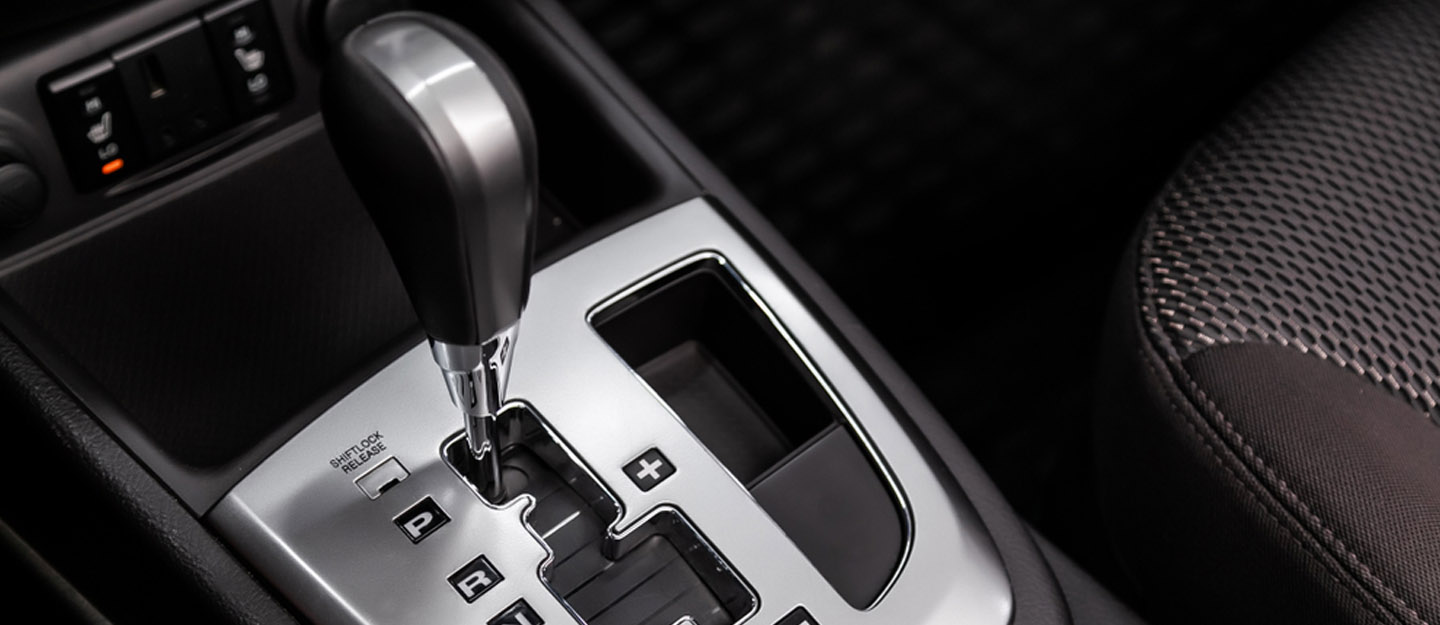Automatic transmission, commonly referred to as auto transmission, represents a transmission system utilized in vehicles that autonomously shifts gears without requiring manual intervention. Its widespread adoption in contemporary cars can be attributed to its user-friendly nature, convenience, and the enhanced driving experience it offers. This article delves into the pros and cons of transmission in vehicles, along with its specifications.

Pros:
- Ease of Use: A primary advantage of automatic transmission lies in its simplicity. Absent the need for manual gear shifting, drivers can concentrate solely on steering and controlling speed, making it ideal for both city driving with frequent stops and long highway journeys.
- Convenience: Automatic transmission eliminates the necessity for constant clutch engagement and gear shifting, presenting a more convenient option for drivers, particularly in heavy traffic or on undulating terrains.
- Smoother Driving Experience: The seamless and jerk-free gear changes offered by automatic transmission contribute to a smoother driving experience, reducing driver fatigue and enhancing overall comfort.
- Improved Fuel Efficiency: Recent advancements in automatic transmission systems have led to significant improvements in fuel efficiency. Precise gear selection based on driving conditions aids in fuel conservation and emission reduction.
Cons:
- Higher Cost: Cars equipped with automatic systems tend to carry a higher price tag compared to their manual transmission counterparts due to the intricate technology involved.
- Less Control: Some drivers prefer the manual engagement of shifting gears for a more hands-on driving experience, a level of control that can be diminished with automatic transmission.
- Decreased Performance: In specific scenarios, such as ascending steep inclines or towing heavy loads, manual transmission may offer superior performance as it allows the driver greater control over gear selection.
V6 Engine: Comprehensive Overview
Specifications Automatic Transmission
- Types of Automatic Transmission: Automatic systems come in various types, including traditional automatic, continuously variable transmission (CVT), and dual-clutch transmission (DCT), each offering unique features and benefits.
- Number of Gears: The number of gears in an automatic transmission can vary, with modern cars typically featuring 6 to 10 gears. This range allows for improved fuel efficiency and seamless gear transitions.
- Torque Converter: Automatic transmission vehicles utilize a torque converter to transfer power from the engine to the wheels, facilitating smooth gear changes and an increase in torque.
- Maintenance: Automatic transmission cars may necessitate more frequent maintenance compared to their manual counterparts. This is attributed to the system’s complexity, requiring specialized training and equipment for repairs.

In conclusion, this transmission in vehicles presents several advantages, including ease of use, convenience, and a refined driving experience. However, it also entails drawbacks such as higher costs and reduced control. When contemplating a vehicle with automatic transmission, considerations should encompass its specifications and maintenance requirements. Ultimately, the choice between manual and automatic hinges on personal preference and driving preferences.

